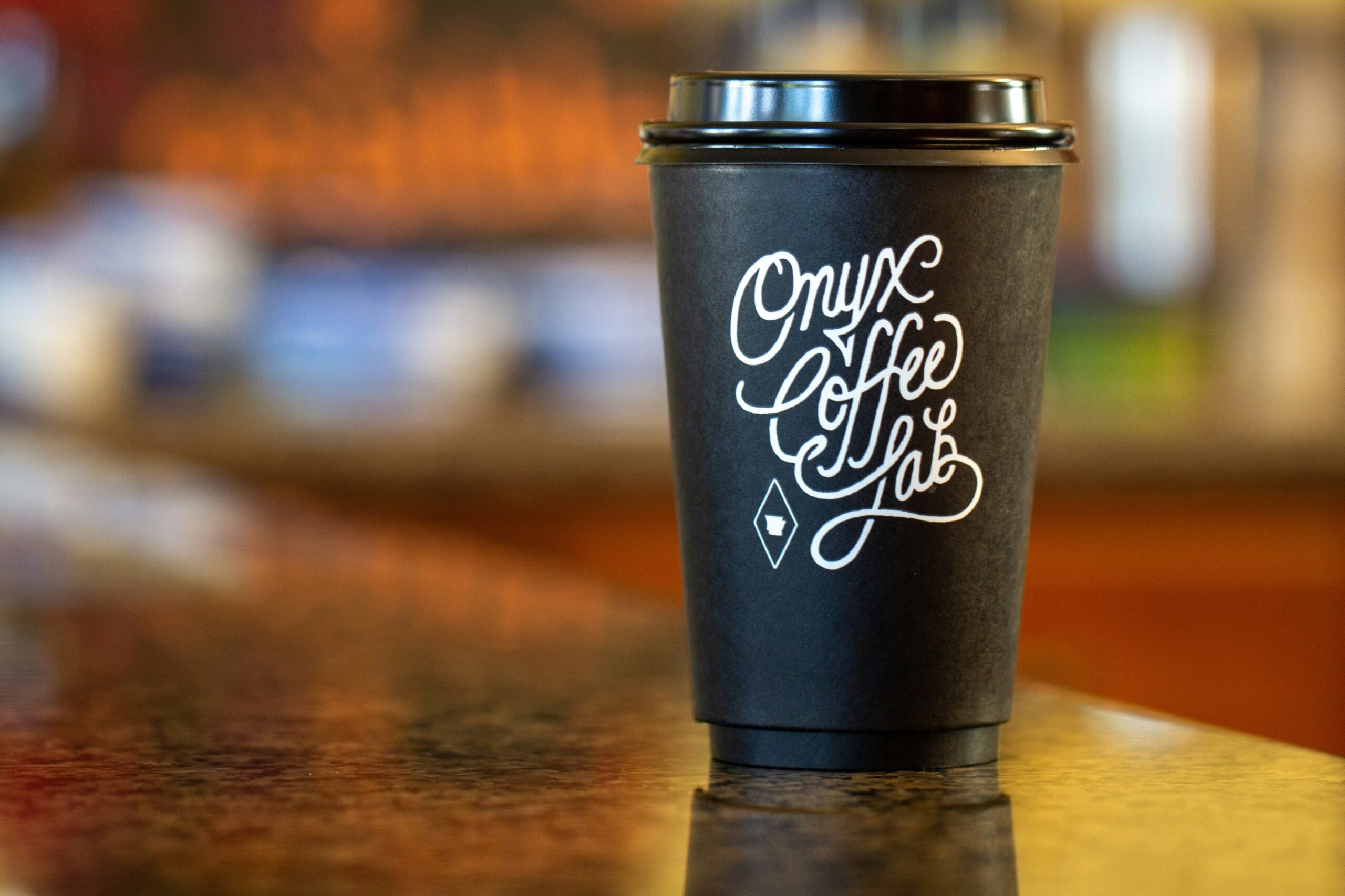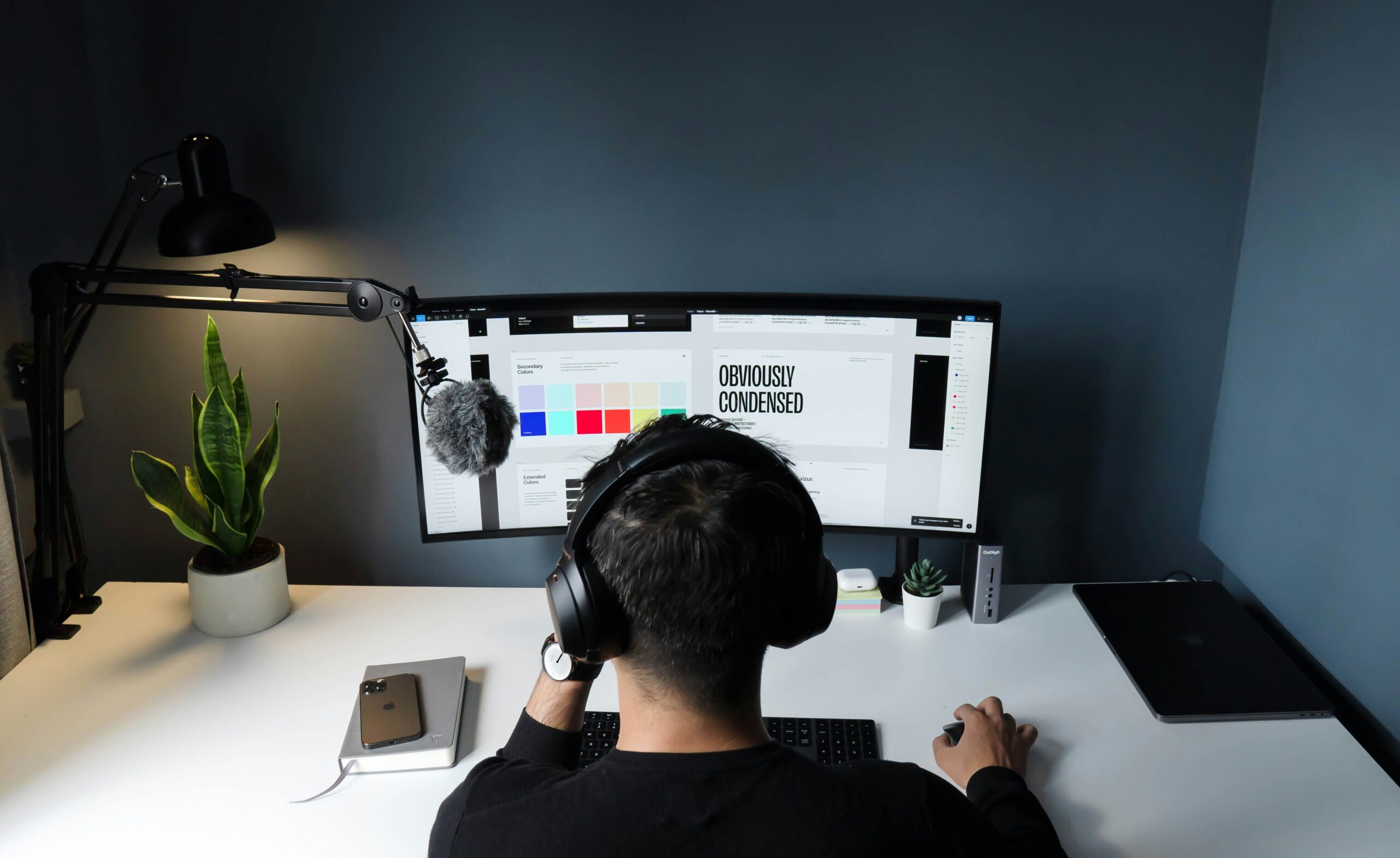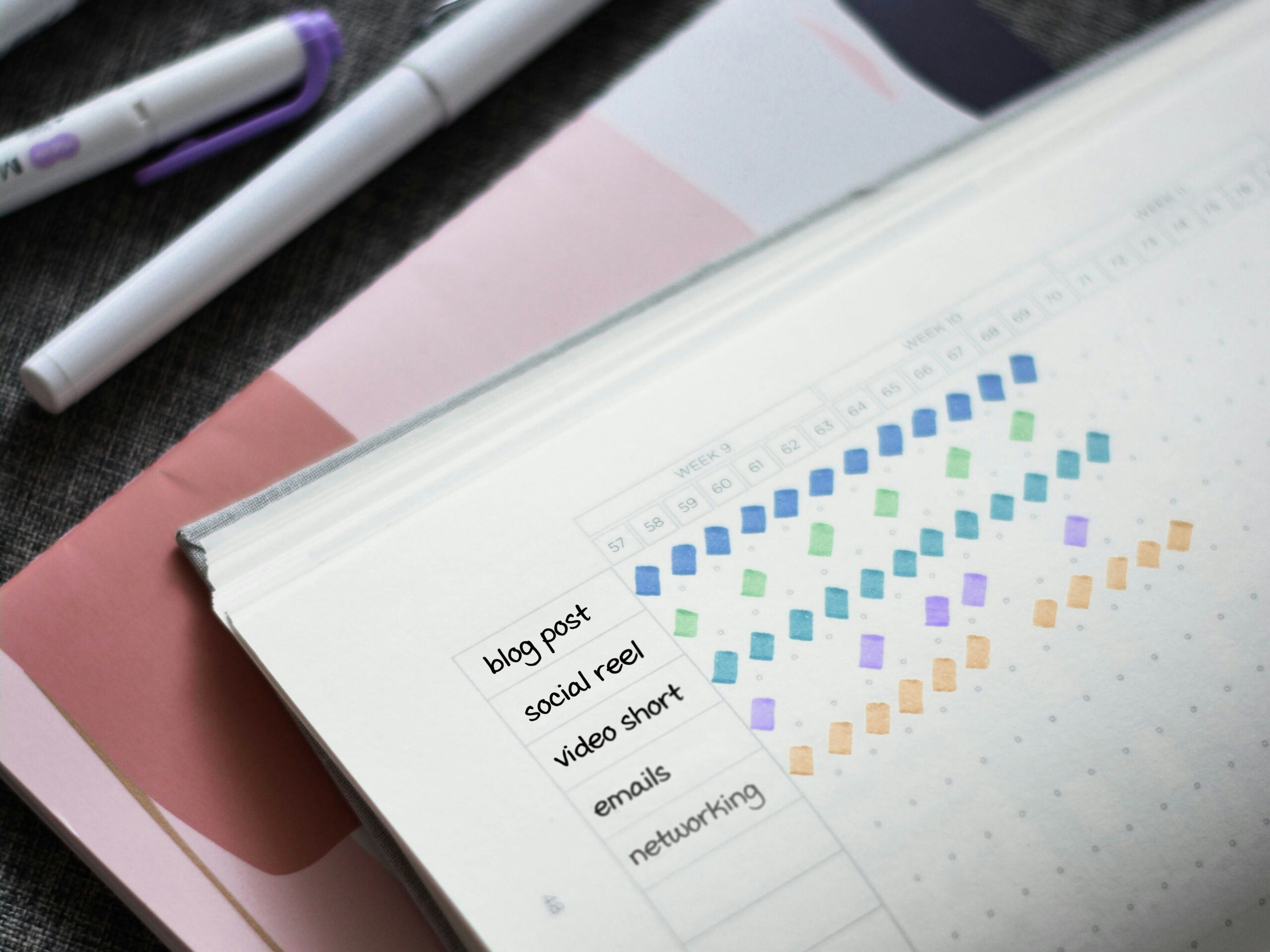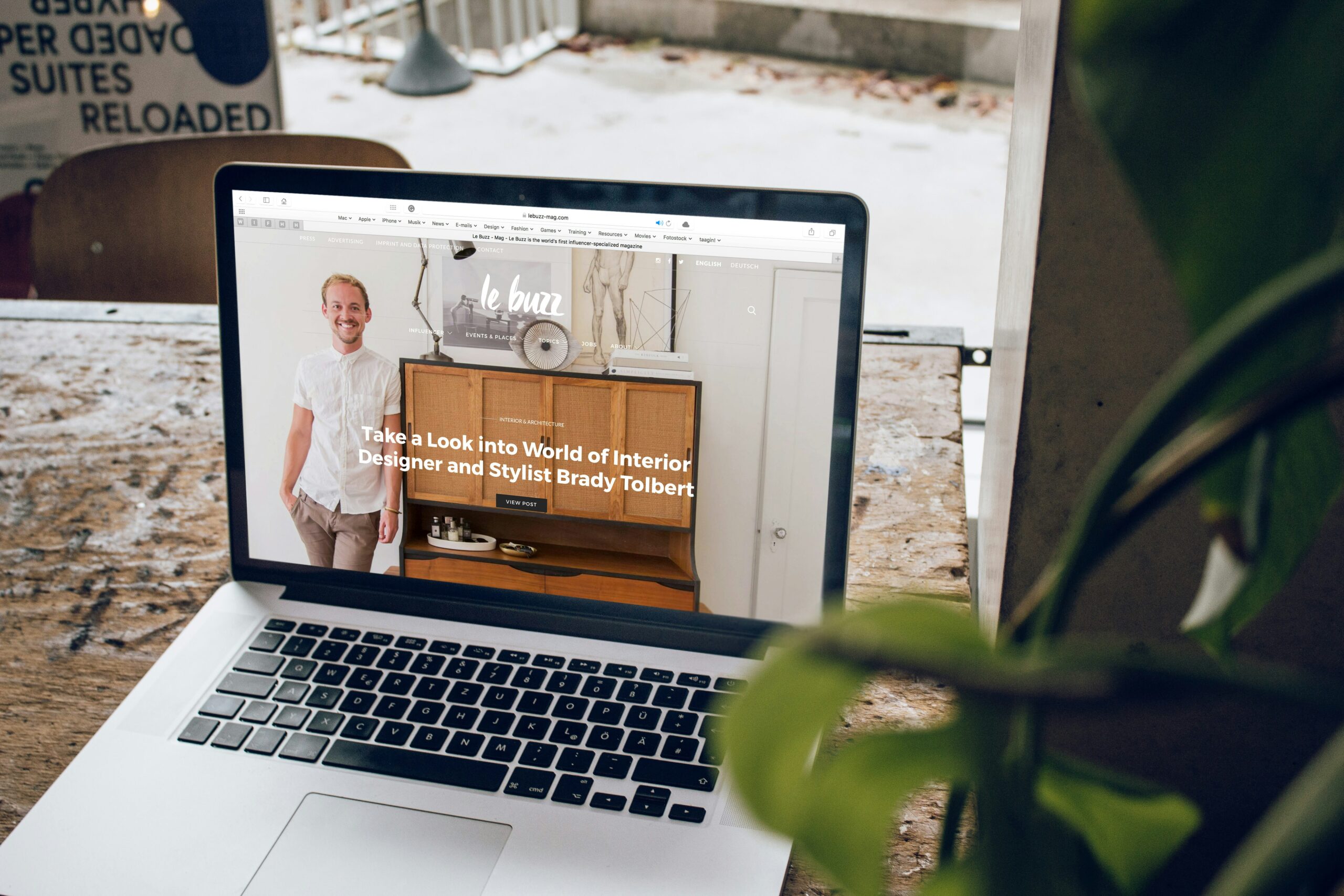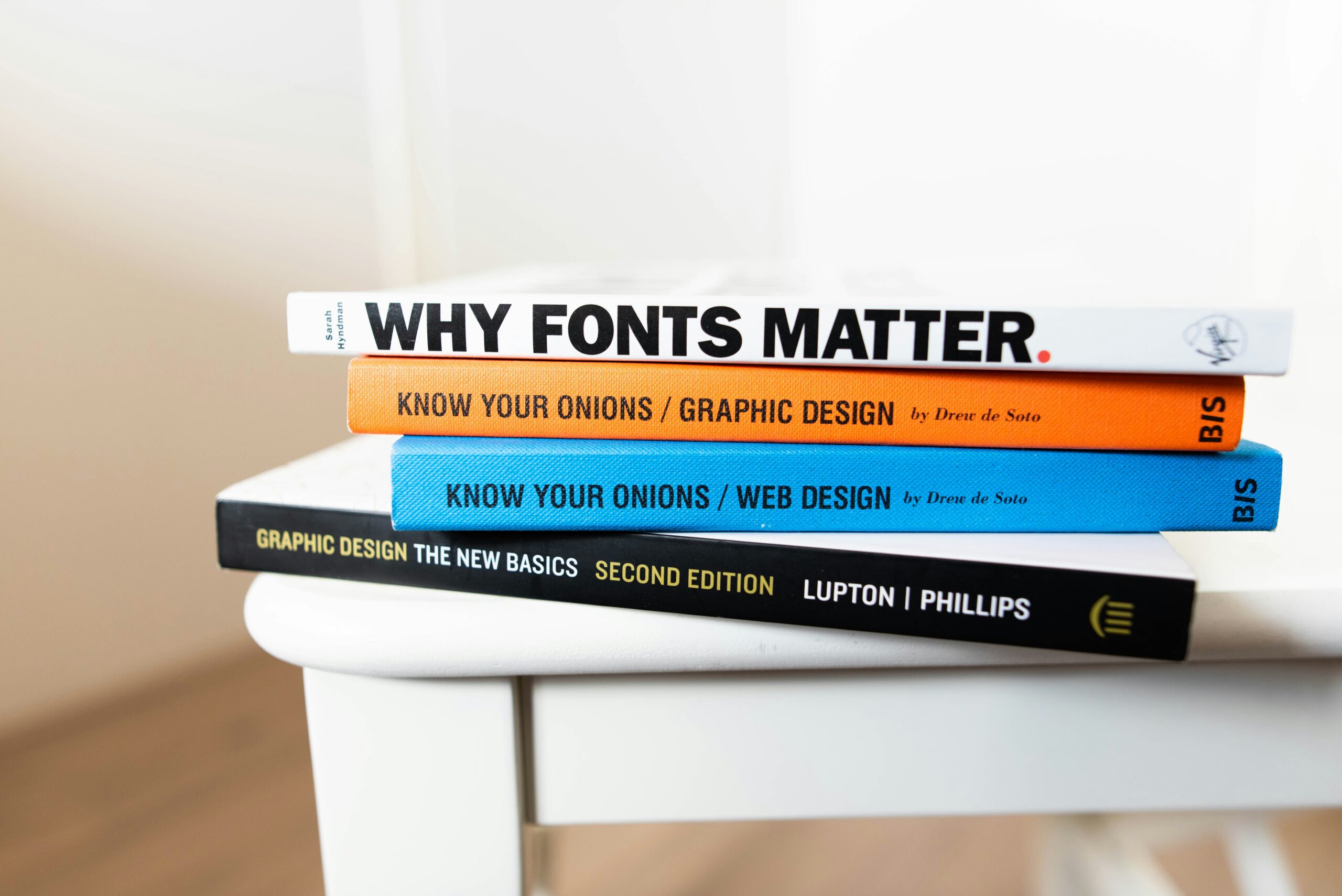
The Future Is Already Here—And It’s Personal
Marketing has changed more in the past five years than it did in the previous twenty. Artificial intelligence, automation, and data-driven tools are reshaping how businesses attract and nurture customers.
But here’s the twist: the future of marketing isn’t about replacing people—it’s about freeing them to be more human.
For Knoxville businesses that thrive on personal relationships and word-of-mouth trust, tools like AI and automation aren’t the enemy. They’re the next evolution of how we stay connected and consistent in a fast-moving world.
Why AI and Automation Matter for Small Businesses
AI isn’t just for big corporations anymore. Today, affordable tools let small businesses automate tasks that used to eat up hours—scheduling posts, responding to leads, sending reminders, or analyzing campaign performance.
At Hall or Nothing Designs, we see automation as a creative multiplier. It gives business owners back their time so they can focus on what truly moves the needle: building relationships, improving service, and crafting their message.
With AI and automation, your marketing can:
- Respond instantly to leads while you’re busy working or sleeping
- Schedule content consistently across platforms
- Personalize emails and follow-ups at scale
- Analyze data to see what’s actually working
(Internal Link Suggestion: link to Blog #9 “Why Consistency Beats Creativity in Marketing.”)
Automation Doesn’t Mean Robotic
The fear many small business owners have is sounding impersonal or “too automated.” But when used right, automation actually makes your communication more personal, not less.
Think of it this way: automation handles the timing—you handle the tone.
AI can send reminders, but your brand voice still shapes the message. The secret is to design your systems with warmth, empathy, and authenticity built in.
A well-crafted automated email can still feel like it came directly from you.
The Human Touch Still Wins
Technology can handle tasks, but it can’t replace trust. Customers still want to know there’s a real person behind the screen—especially here in Knoxville, where community means everything.
The brands that will win the next decade aren’t the ones with the fanciest tech. They’re the ones that blend smart systems with a human heartbeat.
Automation should make you more available, not less personal. It should free you from the busywork so you can show up fully for your clients, events, and creative ideas.
(Internal Link Suggestion: link to Blog #4 “Why Your Website Should Be Your Hardest-Working Employee.”)
AI as a Creative Partner
Artificial intelligence can’t replace imagination—but it can amplify it. From brainstorming blog ideas to analyzing which design style performs best, AI helps creative professionals make smarter, faster decisions.
For example:
- AI can suggest headlines based on engagement data.
- Automation platforms like Elevayo can generate follow-up messages or social captions that match your tone.
- Analytics tools can track user behavior so you know exactly where to refine your messaging.
It’s like having a digital assistant that works 24/7—but never forgets your brand guidelines.
The Power of Consistency Through Systems
Every small business owner knows the struggle of trying to stay consistent: posting regularly, following up on leads, sending newsletters, updating the website.
Automation solves that problem. With the right systems in place, your brand stays visible even during your busiest seasons.
Imagine:
- Your emails go out automatically every Tuesday.
- Social posts are scheduled a month in advance.
- Leads receive instant replies with your calendar link.
That kind of consistency doesn’t just save time—it builds trust and recognition.
(Internal Link Suggestion: link to Blog #7 “The Real ROI of Professional Marketing Design” under a discussion about efficiency and growth.)
Balancing Data and Authenticity
As AI tools become more powerful, it’s tempting to lean entirely on data. But numbers alone can’t build loyalty. People still crave stories, emotion, and connection.
That’s where design and brand personality come in. Data tells you what to say; design helps you say it beautifully. Together, they create marketing that feels both smart and sincere.
At Hall or Nothing Designs, we use data-driven insight to guide creative direction—but your authenticity always leads the way.
Knoxville’s Next Chapter of Marketing
Knoxville’s small business scene is rooted in authenticity. That gives our local community an advantage in this new marketing landscape. While big brands chase algorithms, local businesses can use automation to enhance the personal touches that make them special.
Imagine automated thank-you emails after every client meeting, text reminders before an appointment, or personalized birthday messages that go out without fail. Automation doesn’t replace relationship—it reinforces it.
The Hall or Nothing Difference
At Hall or Nothing Designs, we help Knoxville businesses combine modern technology with meaningful design. Our team uses tools like Elevayo automation to help you stay consistent while maintaining your unique voice.
We design not just visuals—but systems that make your marketing run smoothly, authentically, and intelligently.
When your design, automation, and message align, your brand becomes unstoppable.
(Internal Link Suggestion: link this section to your “Elevayo Automation” or “Marketing Strategy” page.)
The Bottom Line
The future of small business marketing isn’t about choosing between AI and authenticity—it’s about using both.
Let technology handle the repetitive work so you can focus on creating genuine connections. When your systems run smoothly and your message stays human, your business grows with less effort and more impact.
Ready to step into the future of marketing with clarity and confidence? Schedule a free 15-minute strategy session with Hall or Nothing Designs, Knoxville’s trusted creative partner for design, automation, and authentic brand growth.

